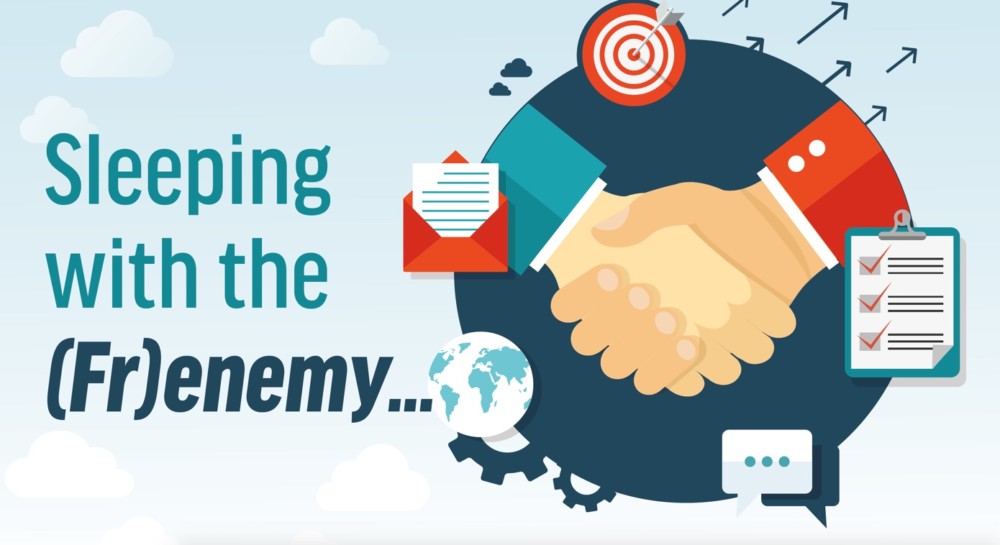
Sleeping with the (Fr)enemy…
It won’t come as a surprise to most of you that retail is as tough as it’s ever been, and the impact on retailers is ominous. It’s been recently reported that national and regional chain store closings have, as of June, surpassed the total net store closings of all of 2018 (5,429), and with over 7,000 closings already announced for 2019, we’re on pace to see over 12,000 chain store closings this year. And although there’s no data base showing closings of independent retailers, I think you’ll agree that this trend applies to this segment, too.
The combination and permutation of different factors that are leading to the problems at retail — weather, climate change, rapidly changing consumer demands/expectations, complacency, cash flow, slow to change, online sales and cannibalization, among others — are acting as the catalyst for many retailers to look at what I call creative survival. What this means is that, in many cases, we’re doing everything we can to anticipate and react to all of the internal and external factors that we can; and, despite that, we’re still not seeing the results we want, so we need to get more creative in order to survive.
Over the past 12-18 months, we’ve begun to see examples of this creative survival thinking with the ramping up of what I call coopetition (and others refer to as creative partnerships or collaboration) between what traditionally have been fierce competitors, or between retailers or suppliers who one normally wouldn’t have anything to do with one another. Here’s a sampling of a few of these:
- Amazon/Kohls department stores: a floundering Kohl’s has taken on Amazon as a partner, serving as an ordering, pick up and return location for products sold on Amazon.
- JCPenney and Sephora: in addition to Sephora’s free-standing/mall stores, they also occupy a store-within-a-store position in JCPenney stores.
- Walgreens and Birchbox: Birchbox, an online subscription-based cosmetics company, has an exclusive product assortment in Walgreen stores.
- Target and Harry’s shaving products and Casper mattresses: both of these online product suppliers have an exclusive in-store relationship in Target stores.
Normally, relationships such as these would be viewed as between strange bedfellows, but in today’s competitive environment, they tend to start to make good business sense. In some cases, they provide incremental traffic to the retailer; in others they provide exclusivity to the retailer, and in others an additional sales channel to the supplier. And, most importantly, done correctly, it brings authority and authenticity that can benefit both the partners and the products. And in all cases, it’s the result of creative survival thinking.
In the July 2018 issue of L&GR, I wrote about a unique retail platform in New York City called STORY, which had recently been purchased by Macy’s. It’s a retail concept that takes the point of view of a magazine, changes like a gallery and sells things like a store. That means every 4-8 weeks, STORY completely reinvents itself — from the design to the graphics to the merchandise — with the goal of bringing to light a new theme, trend or issue. It’s a view of retail that goes beyond the transaction or a permanent space for everything to a place where the experience is everything, expressed the collaboration of products displayed in lifestyle presentations.
RELATED: What Your Brand Message Says About You
Everything in the store is dedicated to supporting each of these unifying themes. Key to the success of this strategy is that they merchandise by integrated thematic lifestyle, rather than by department or category. The theory is that creating innovative experiences creates customer emotions — and emotions create purchases.
This is experiential retailing at its best, providing information and context, then developing the consumer aspiration with the promise that their dreams can be fulfilled — the essence of shopper value. Simply put, most retailers focus on selling, while STORY is focused on satisfying!
Macy’s has since closed the freestanding store and moved it into its Herald Square NYC flagship location. But they’re in the process of incorporating the vision and essence of this experiential strategy into all the Macy’s stores. There’s dedicated space and staff in every store that operates on the STORY platform, changing a key theme every few months.
The July/August 2019 period theme is Outdoors, incorporating product not only from the various Macy’s departments that support the theme, but also from Dick’s Sporting Goods (the largest sporting goods retailer in the industry), Miracle-Gro and 70 other locally manufactured products that help fulfill the goal of “introducing Macy’s customers to a curated assortment of items that will help them fully enjoy the outdoors while bringing the warmth inside their homes with plants, indoor gardens and related products.” (Sounds a lot like a goal that could be delivered by a garden center!)
Some of the specifics supporting this theme are:
- Dick’s Sporting Goods items: a mix of apparel and hard goods from its own private labels, Alpine Design and Field & Stream, including t-shirts and camping gear.
- Miracle-Gro: showcases its new Miracle-Gro Twelve Indoor Growing System, a lighted hydroponic vegetable and herb growing system designed as home décor (set up and on full display). Also included is its Greendigs collection of plants, planters, books, terrarium and plant care items.
- Terrariums, plants and accessories (with a potting bench for assisted planting of all the purchased components).
- Outdoor themed Arts and Crafts, games
- Grilling: portable grill and all accessories, including specialty spices and rubs
- Picnic: plates, décor
- Entertaining: cocktail mixes, books and glassware
All these sub-themes are featured on tables and gondolas right in front of the main entrance doors, with excellent signage and a sales associate dedicated to this area.
Combining forces to tell an expanded, compelling story, providing a breadth of product and expertise that no one retailer has the power to create alone. It an all-around win — for the consumer, for the retailers, and for the suppliers of the products.
Think about the possibilities of a garden center partnering with other local retailers to tell their expanded stories, staking out a position as a lifestyle center, not just a purveyor of plants, by tapping into the assortments and expertise of your local competitors. In addition to the potential to generate incremental sales, think of the opportunities to broadcast your exciting, expanded story through social media and PR, creating a buzz in your marketplace. Let your imagination roam free and I think you’ll discover plenty of new potential partnerships to tap into!
Sure, there are some operational hurdles to overcome, such as capturing POS sales on products that you don’t own and inventory management of outside product, but these challenges can be resolved with some creative thinking. And consider this: if a stodgy, slow moving monolith like Macy’s can figure out how to do this effectively, just think about what a few smaller, local, fluid and flexible partners like you can accomplish!
Natural competitors coming together for mutual gain; it’s time to start sleeping with your (fr)enemies!…






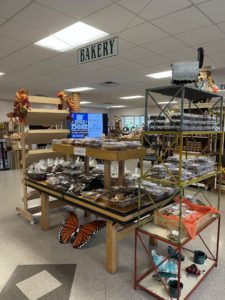
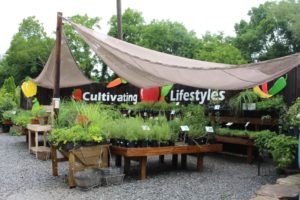




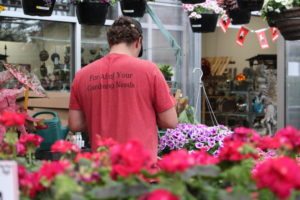
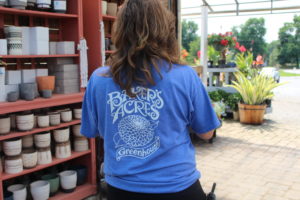
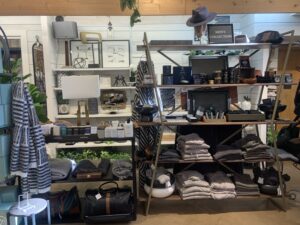
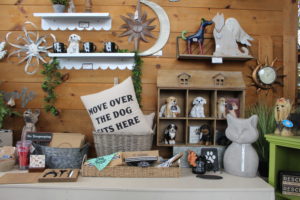

 Videos
Videos





